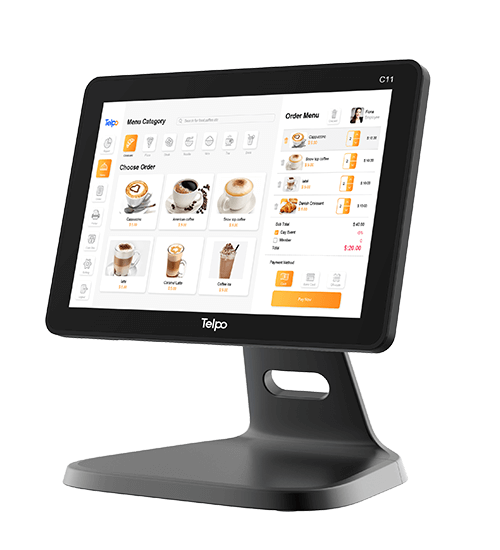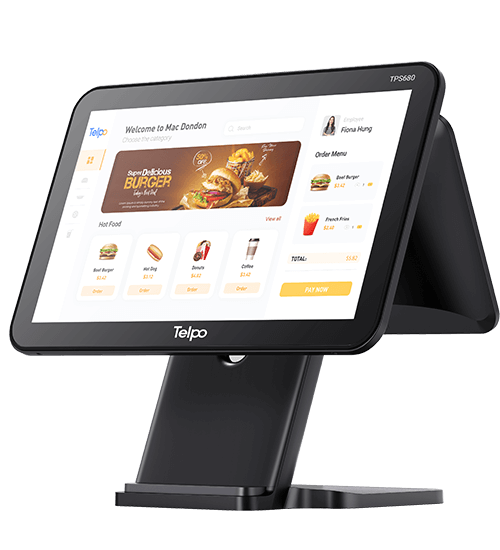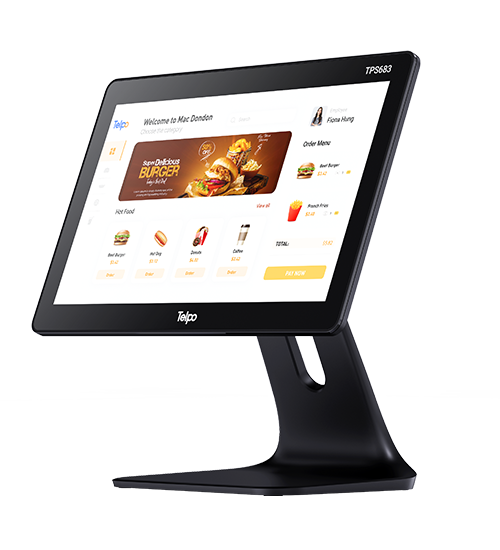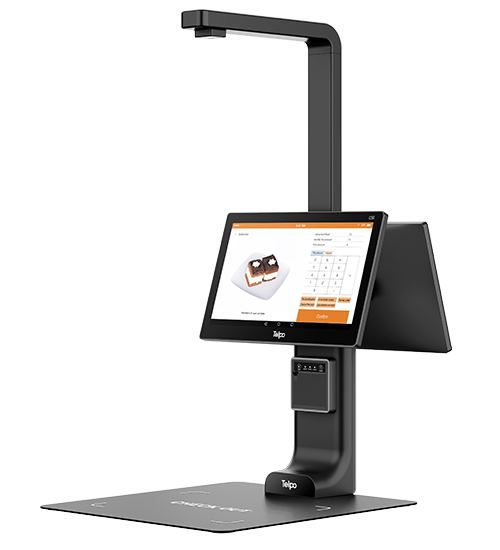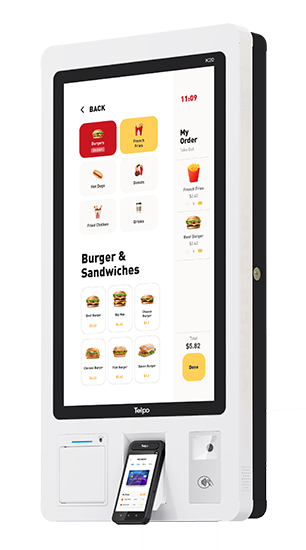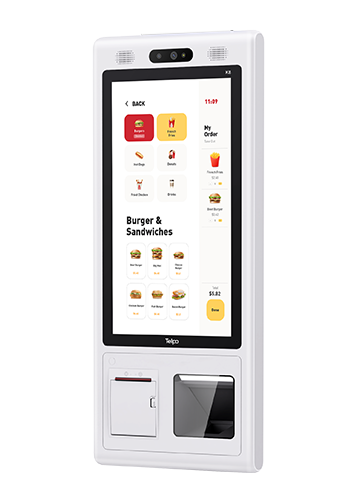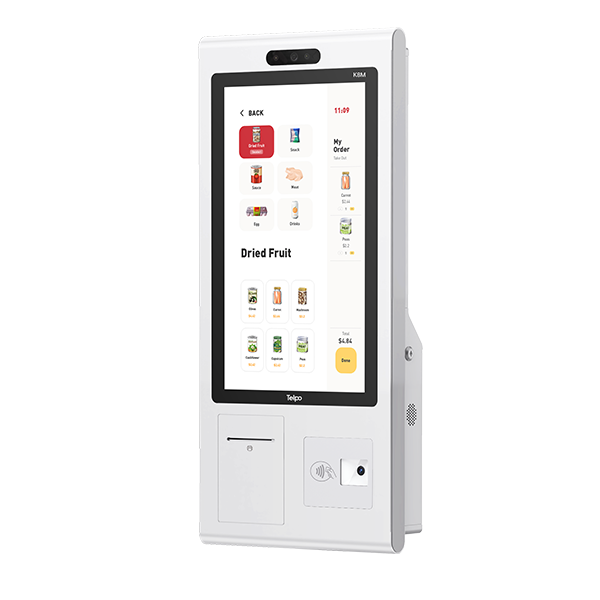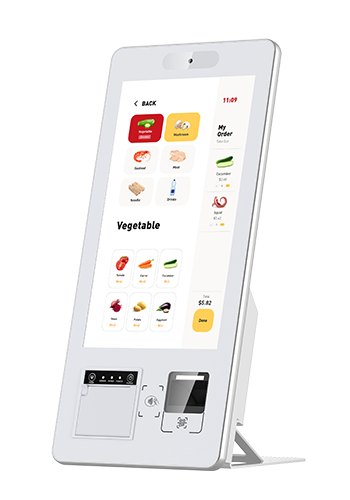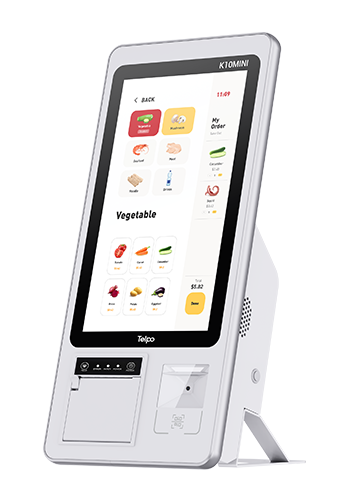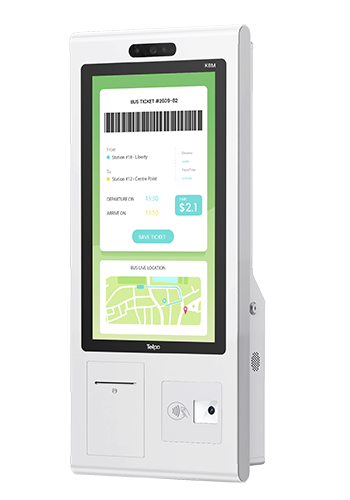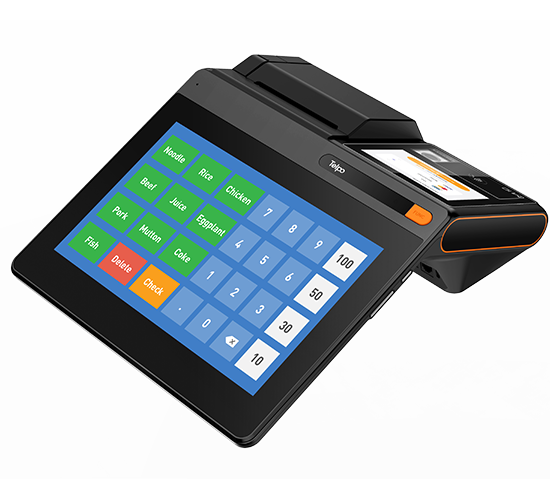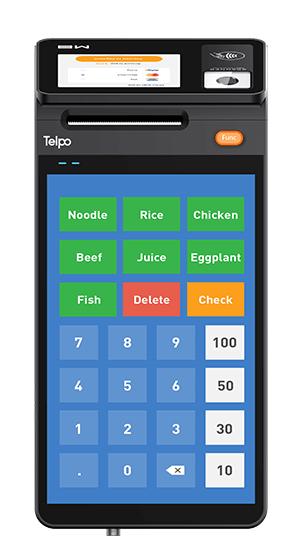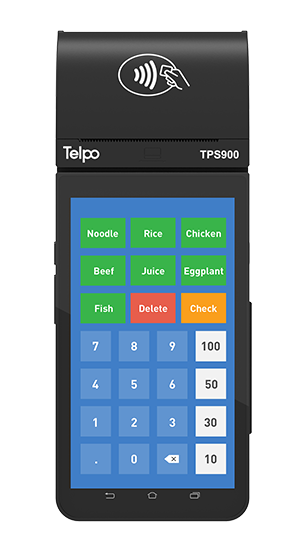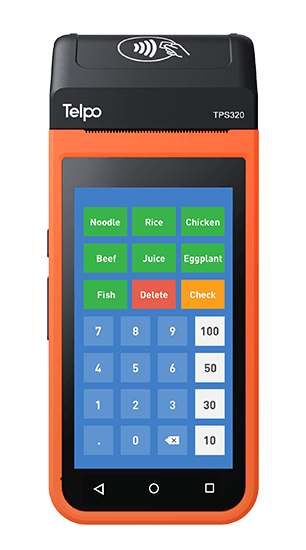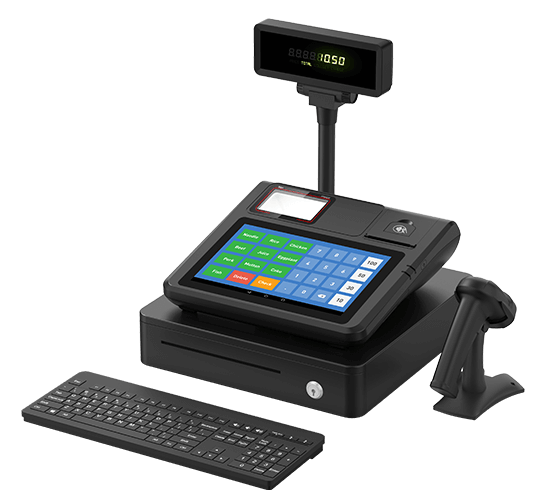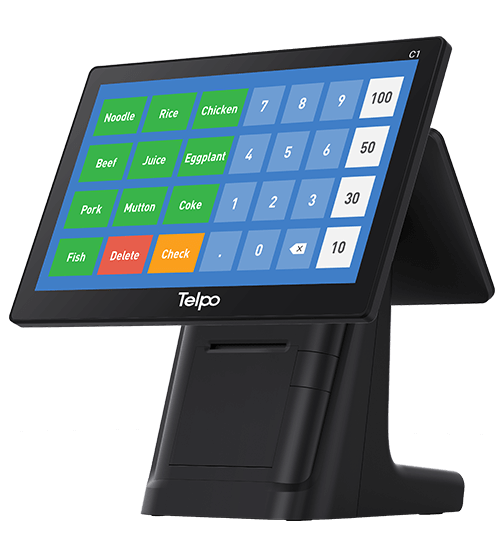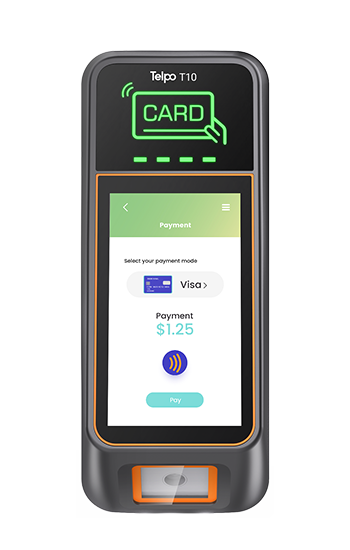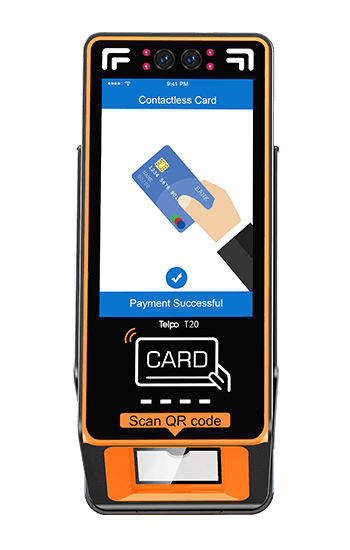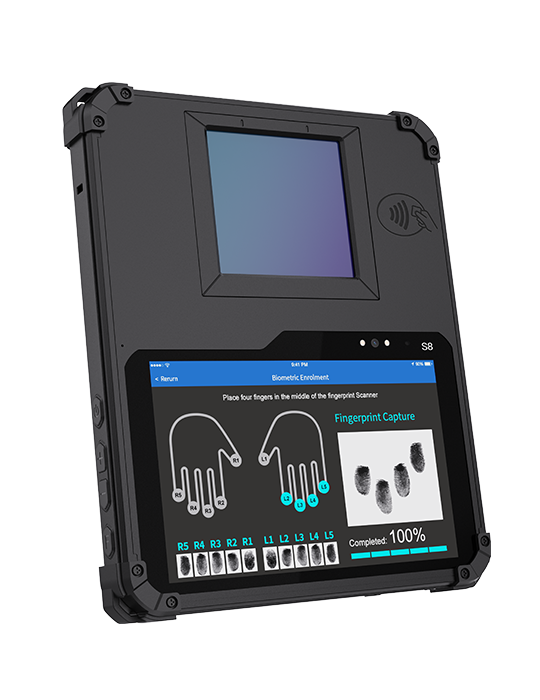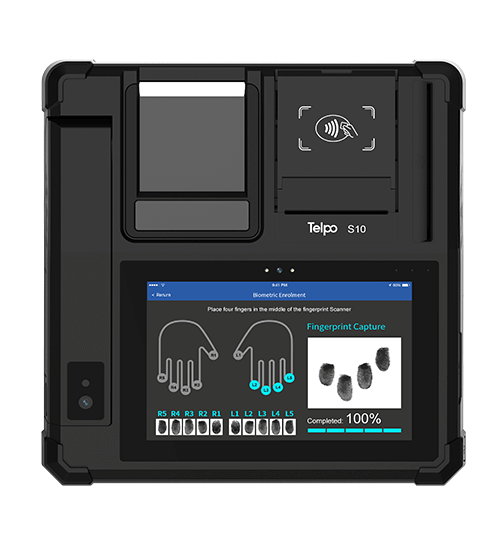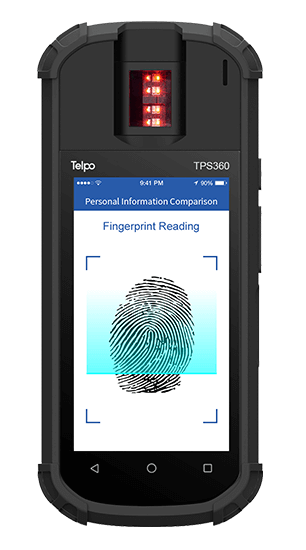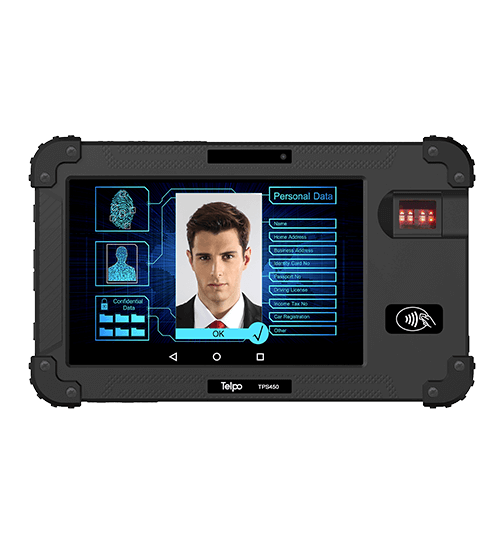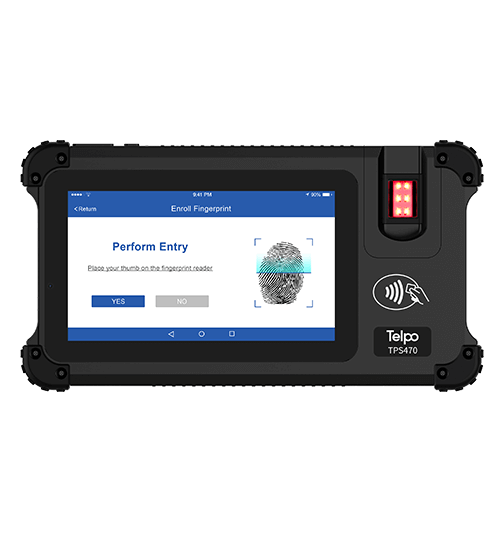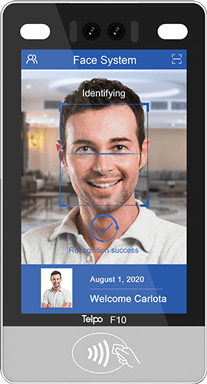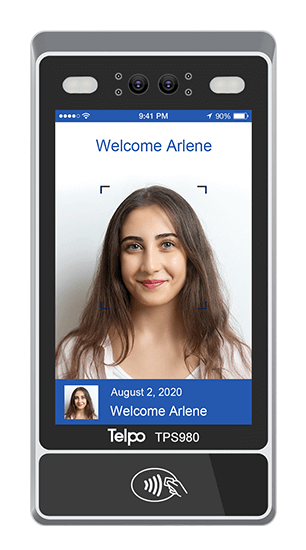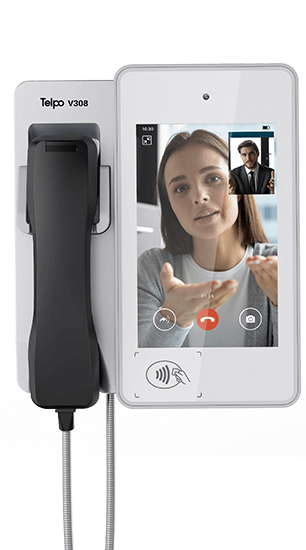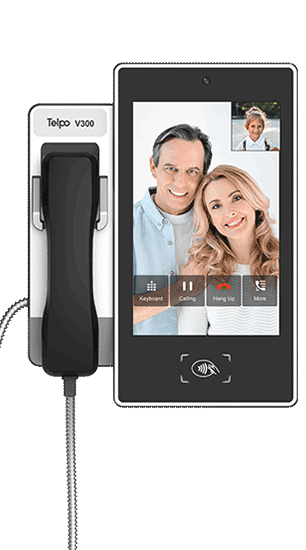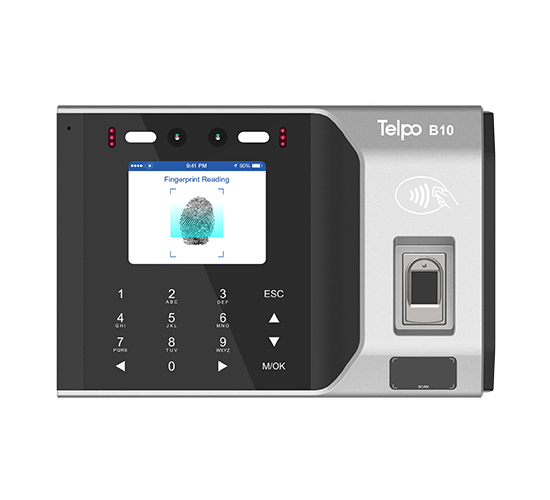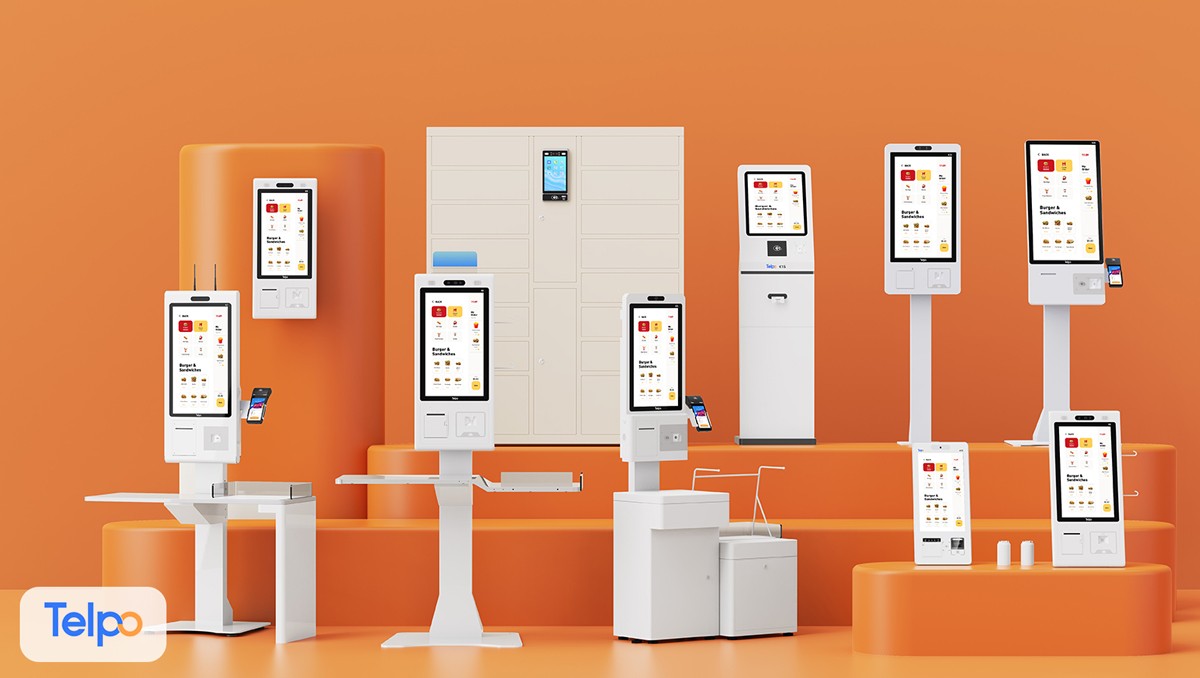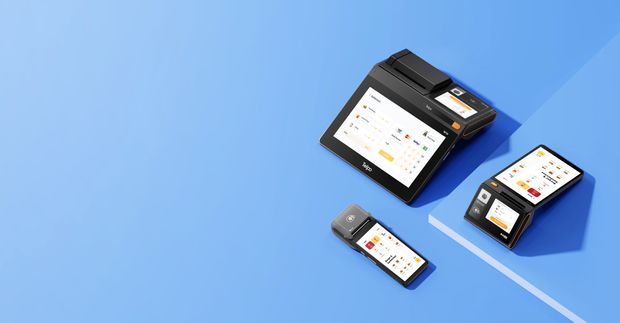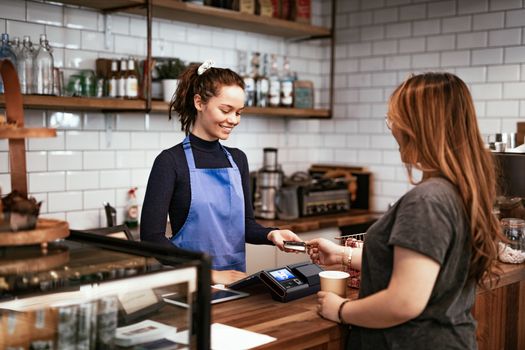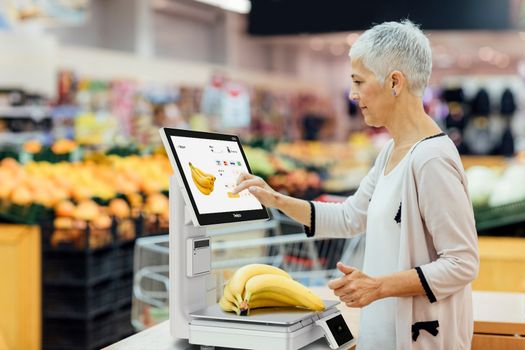In March of 2023, Apple Pay was officially launched in South Korea, which is thought to as a shake to the digital payment market. What influence will be attached to the South Korean business? How should business operators deal with improving customers’ in-store self-service payment experience?
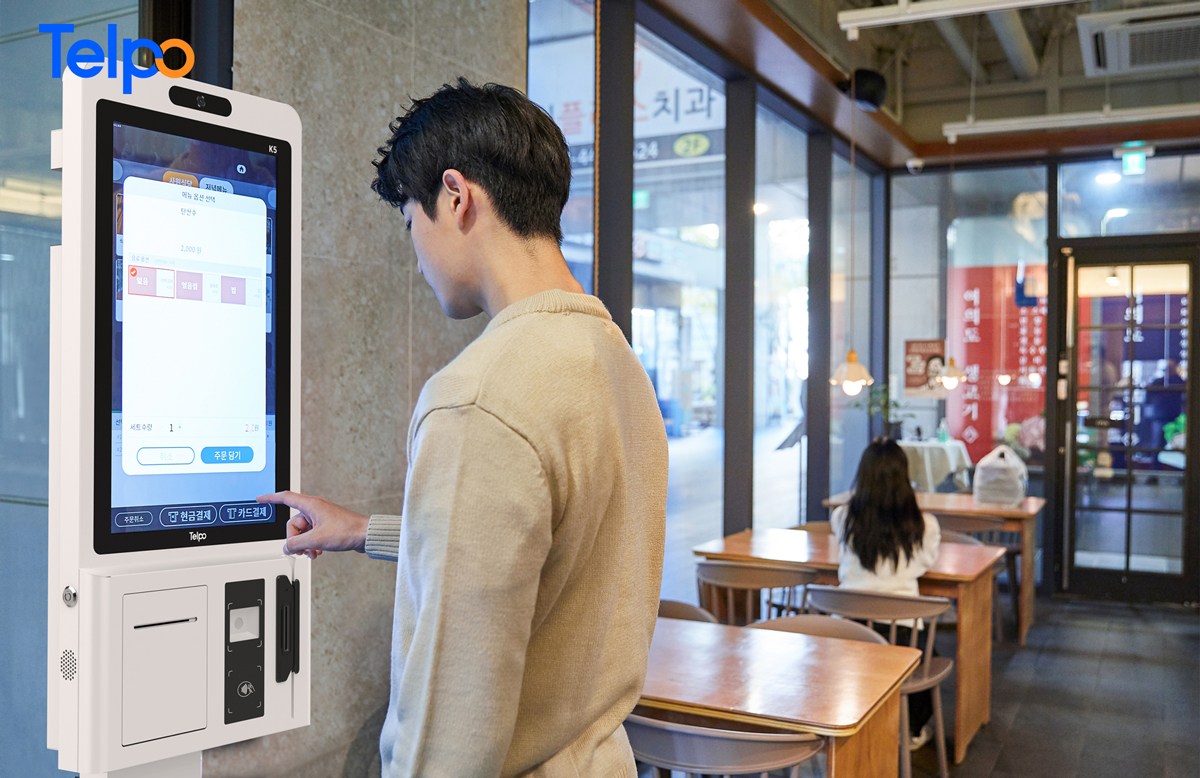
Self-service kiosks with digital payments are increasingly important in South Korea.
Overview of the digital payment market in South Korea
South Korea is one of the world's leading economies, with a per capita GDP of $34,800. It also has a developed banking industry and a mature Internet environment, which makes non-contact payment win wide popularity. With a highly-developed mobile communication system, over 80% of residents in South Korea obtain a smartphone, and therefore mobile digital payment has been the mainstream method.
According to the forecast of Statista, a well-known data website, the total digital payment transaction volume in South Korea will reach about $170 billion by 2025, with an average annual growth rate of more than 8%.
Mainstream digital payment methods in South Korea
1.Apple Pay
Although it hasn’t been long since its launch in South Korea, Apple Pay has attracted numerous iPhone users. According to a spokesperson at the event, Apple Pay has attracted 170,000 iPhone users in South Korea within half a day of its launch. By virtue of NFC technology, customers using Apple Pay can complete their payments instantly without opening any page on their smartphones.
2.Samsung Pay
Samsung Pay is a mobile payment method developed by Samsung Electronics. Using Magnetic Stripe Secure Transfer technology (MST), payment can be completed by attaching a Samsung Pay mobile phone or watch to the sensing area of the POS. In South Korea, approximately 37.7% of smartphone users use Samsung Pay.
3.Kakao Pay
Kakao Pay is the largest digital wallet in South Korea. According to statistics, 64.1% of South Korean users use Kakao Pay and more than 3 trillion transactions are processed by it per month. It allows users to make contactless payments with QR codes in offline stores.
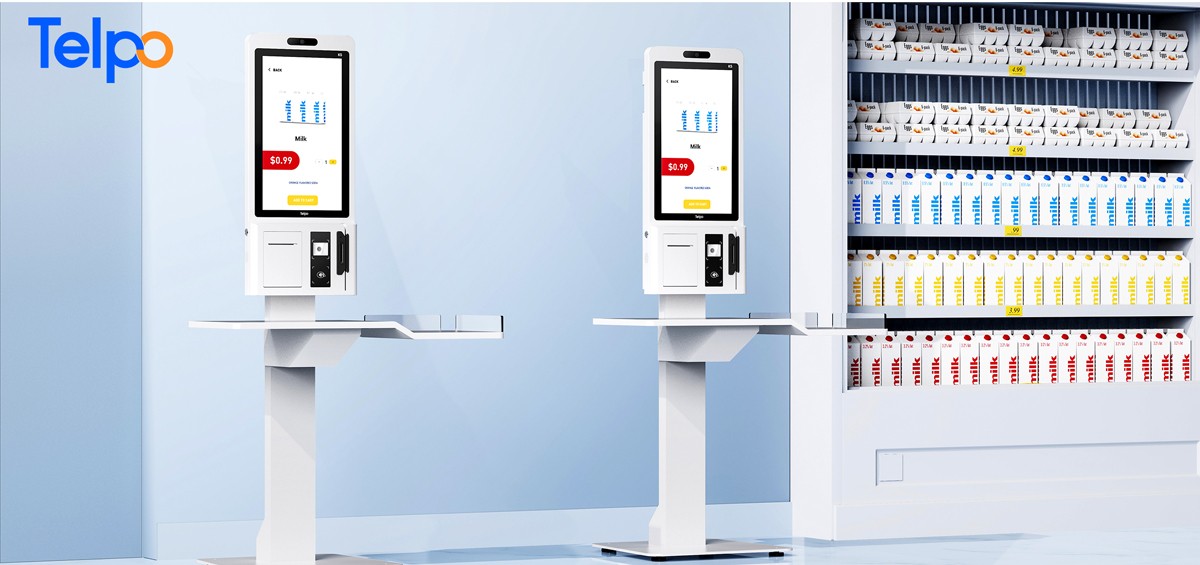
Self-service kiosks or self-service centers are more common in stores in Korea.
Facing the rise of digital wallets, how should business operators adapt to the new trend?
Business operation model in South Korea
The labor costs are an expensive spending for business operators and they have been trying to replace part of labor work with machines. Additionally, during the COVID-19 Pandemic, both Korean business operators and customers got accustomed to the noncontact service. Staff-less and self-service have become a trend in South Korea. More businesses start to introduce self-service machines to conduct a higher-efficient and more satisfactory store operation.
· Catering business
Most catering businesses are equipped with developed self-ordering devices. The devices are usually placed on the counter or in prominent positions. Customers can directly order on the self-ordering kiosks and no longer need to make contact orders with shop assistants. The operation process is streamlined and higher-efficient.
· Retail business
In retail scenarios, especially large chain supermarkets, self-service kiosks are common to see for self-checkout. It’s estimated that self-checkout counters account for more than 80% of the total number of counters in South Korea. This operation model helps distract the customer flow and delivers a more satisfactory checkout experience.
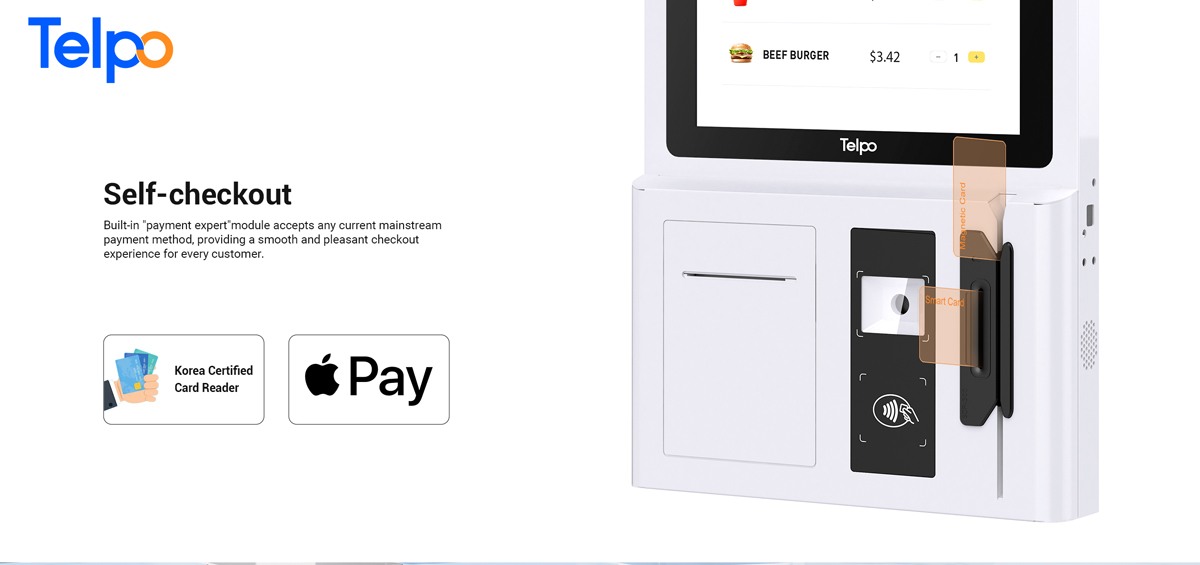
Telpo K5 can support the Korea-certified card reader and e-wallet, such as Apple Pay.
Since self-service is so popular in South Korea, it’s essential for business operators to select a self-service machine that supports plentiful payment options.
1.Credit card payment. The banking industry is highly developed in South Korea and credit card payment dominates in the payment industry. Offering credit card payment methods satisfies the needs of customers and provides more convenience.
2.NFC payment. As digital wallets rise, digital payments are becoming more popular. The digital wallet relies on NFC technology, so a built-in NFC payment module is of great importance.
3.QR code payments. QR code payment is winning more favor and the payment giants like Kakao Pay are promoting QR code payments. QR code scanning has become a necessary function of payment devices.
Telpo K5 is a self-service kiosk launched by Telpo and can be widely applied in multiple application scenarios. With a Korea certified card reader and QR code scanner built in, Telpo K5 can accept the current mainstream payment methods, covering credit cards, NFC cards, digital wallets, QR codes, etc. Just one machine can satisfy all the payment needs of customers.
With 24-year customization and manufacturing experience, Telpo is your reliable cooperative partner. Welcome to contact us for more details.
Telpo Kiosk Family
Tag: self-service payment,digital payment, mobile payment, self-service kiosk, Korea,Apple Pay, QR-code, contactless payment


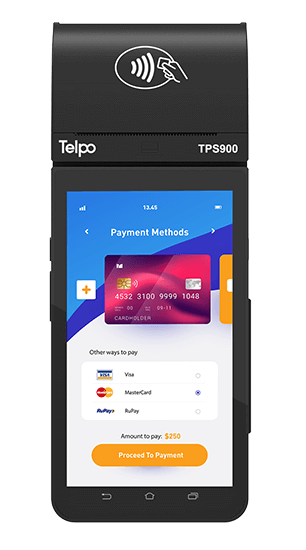
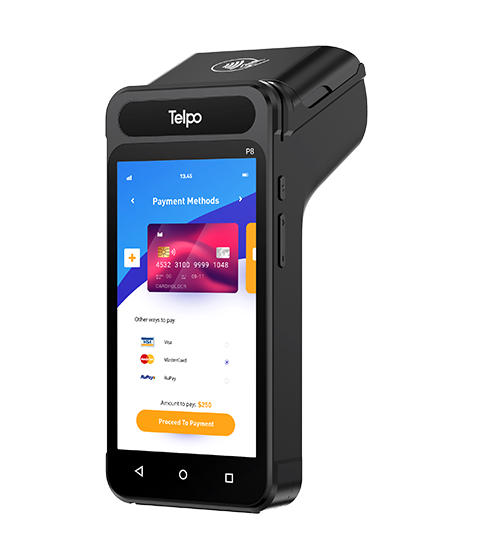
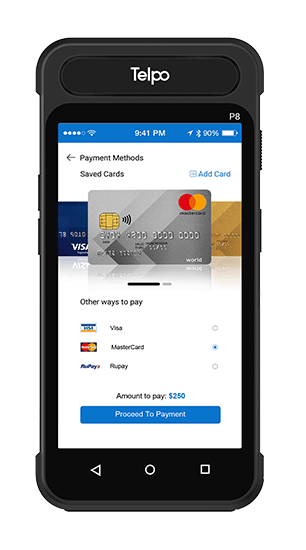

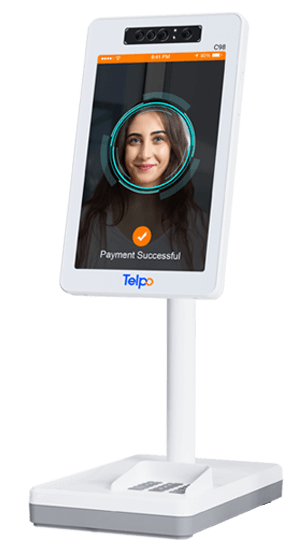
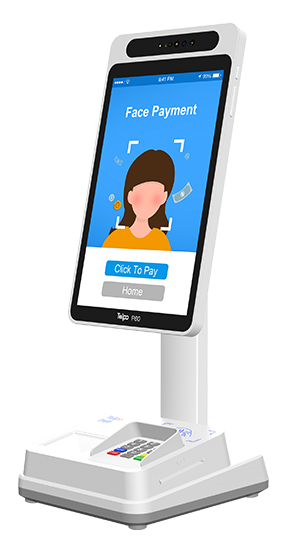
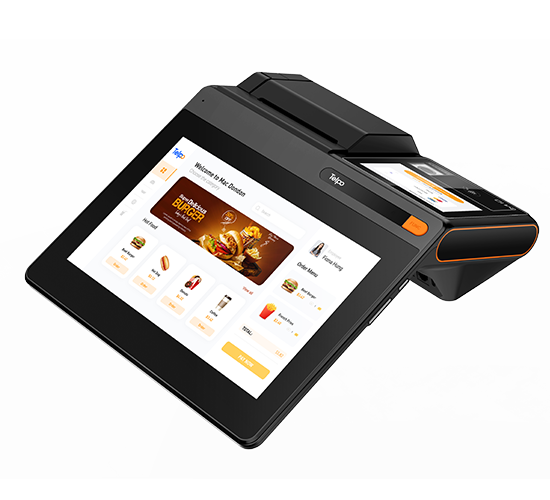
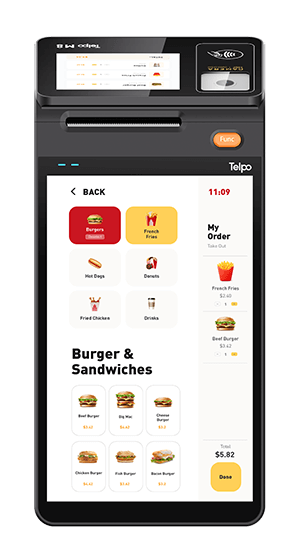
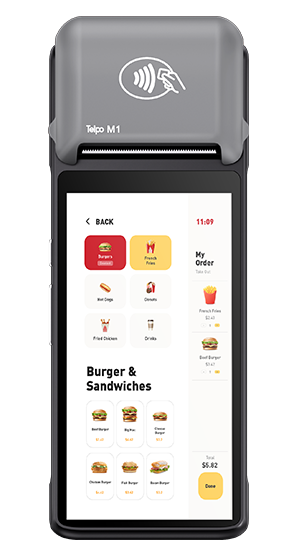
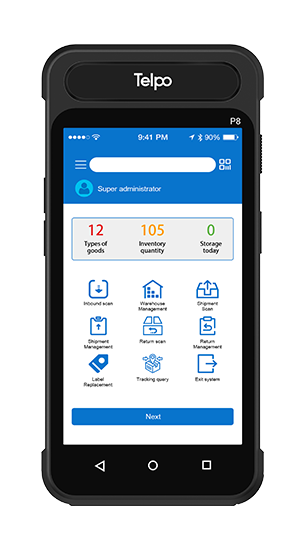
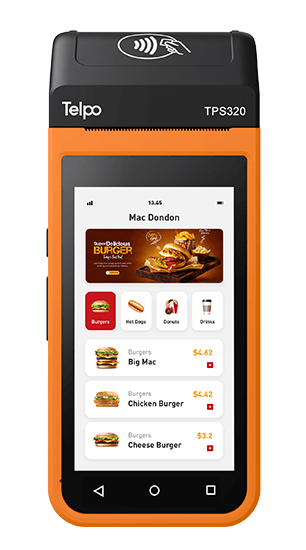

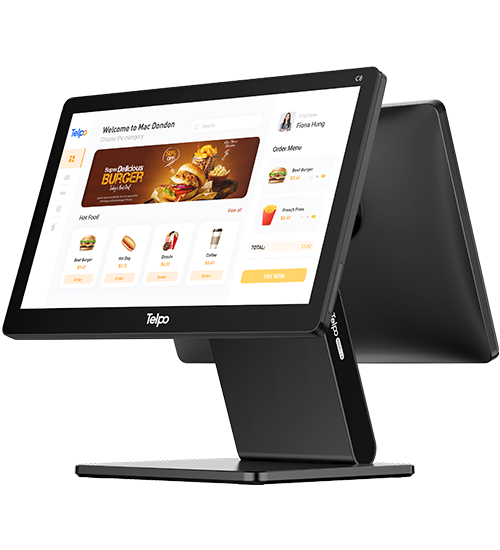
.png?VGVscG8tQzItUG9pbnQgb2YgU2FsZSBUZXJtaW5hbCA=*2023/07/Telpo-C2-80-printer-550.png?VGVscG8tQzItUG9pbnQgb2YgU2FsZSBUZXJtaW5hbCA=)
